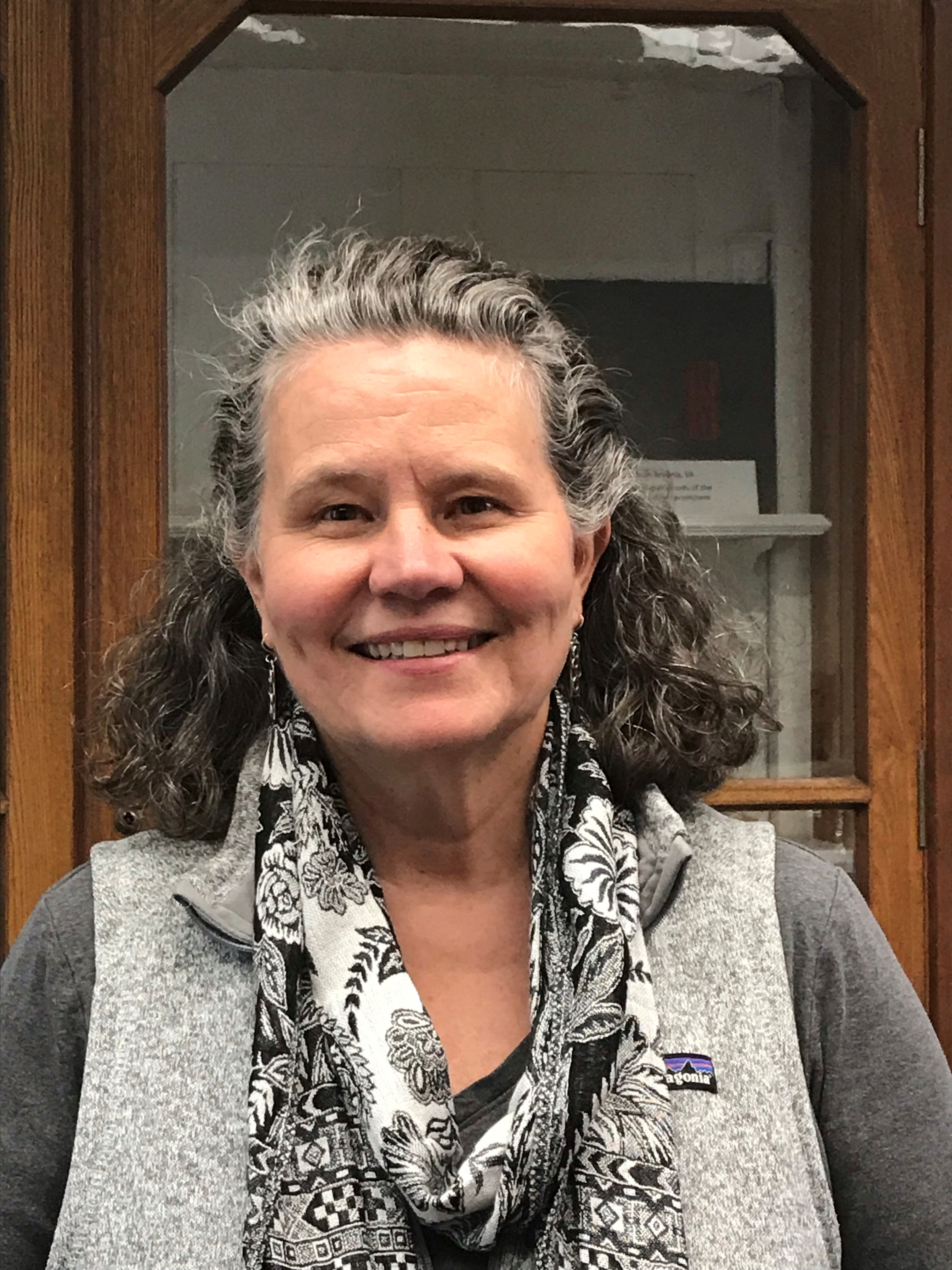
Jennie L. Moody
Research Associate Professor
As a meteorologist interested in understanding the chemistry of the non-urban troposphere, and how it may be changing as a result of anthropogenic impact, I use meteorological data (including satellite observations) and models to discern dynamical processes that influence or control atmospheric composition. In several instances my students and I have also gone in the field, collecting data directly (e.g., from the balloon launches of ozonesondes over Charlottesville, Virginia; Sable Island, Nova Scotia; Boulder, Colorado; and Pellston Michigan; to the deployment of an NCAR boundary layer Doppler wind profiling system for two summers at the University of Michigan Biological Station). Additionally, part of my work has involved forecasting meteorological conditions for field campaigns involving aircraft sampling, and include forecasting for the NSF funded AEROCE program over the North Atlantic, the NOAA funded NARE program over the North Atlantic, the PROPHET campaign in Northern Michigan, the NSF funded TOPSE program covering flights from Colorado to Churchill, Canada, and into Arctic regions, and flights during the NASA INTEX/B program over the Northeast Pacific Ocean and adjacent coastal North America. In addition to research, I continue to teach upper-level undergraduate/ introductory graduate courses in two areas of expertise, weather forecasting and satellite remote sensing.
Publications
- Atmospheric wet deposition in remote regions: Benchmarks for environmental change
2015; Journal of the Atmospheric Sciences; Keene, W.C. | Galloway, J.N. | Likens, G.E. | Deviney, F.A. | Mikkelsen, K.N. |... - Long-term trends in aerosol and precipitation composition over the western North Atlantic Ocean at Bermuda
2014; Atmospheric Chemistry and Physics; Keene, W.C. | Moody, J.L. | Galloway, J.N. | Prospero, J.M. | Cooper, O.R. |... - Comparison of surface and column measurements of aerosol scattering properties over the western North Atlantic Ocean at Bermuda
2014; Atmospheric Chemistry and Physics; Aryal, R.P. | Voss, K.J. | Terman, P.A. | Keene, W.C. | Moody, J.L. |... - Flow climatology for physicochemical properties of dichotomous aerosol over the western North Atlantic Ocean at Bermuda
2014; Atmospheric Chemistry and Physics; Moody, J.L. | Keene, W.C. | Cooper, O.R. | Voss, K.J. | Aryal, R. |... - A multi-sensor upper tropospheric ozone product (MUTOP) based on TES ozone and GOES water vapor: Validation with ozonesondes
2012; Atmospheric Chemistry and Physics; Moody, J.L. | Felker, S.R. | Wimmers, A.J. | Osterman, G. | Bowman, K. |... - A multi-sensor upper tropospheric ozone product (MUTOP) based on TES Ozone and GOES water vapor: Derivation
2011; Atmospheric Chemistry and Physics; Felker, S.R. | Moody, J.L. | Wimmers, A.J. | Osterman, G. | Bowman, K. - Comparison of Canadian air quality forecast models with tropospheric ozone profile measurements above midlatitude North American during the IONS/ICARTT campaign: Evidence for stratospheric input
2007; Journal of Geophysical Research Atmospheres; Tarasick, D.W. | Moran, M.D. | Thompson, A.M. | Carey-Smith, T. | Rochon, Y. |... - Large upper tropospheric ozone enhancements above midlatitude North America during summer: In situ evidence from the IONS and MOZAIC ozone measurement network
2006; Journal of Geophysical Research Atmospheres; Cooper, O.R. | Stohl, A. | Trainer, M. | Thompson, A.M. | Witte, J.C. |... - Direct transport of midlatitude stratospheric ozone into the lower troposphere and marine boundary layer of the tropical Pacific Ocean
2005; Journal of Geophysical Research Atmospheres; Cooper, O.R. | Stohl, A. | Hübler, G. | Hsie, E.Y. | Parrish, D.D. |... - Summertime ozone at Mount Washington: Meteorological controls at the highest peak in the northeast
2004; Journal of Geophysical Research D: Atmospheres; Fischer, E.V. | Talbot, R.W. | Dibb, J.E. | Moody, J.L. | Murray, G.L.
Teaching
Weather Forecasting (EVSC 4360)
This course draws upon the fundamental principles of dynamical and physical meteorology to forecast mid-latitude weather conditions with a focus on the 1-7 day time frame. The class reviews the full suite of modern meteorological observation systems and provides an introduction to numerical weather prediction. Along with lectures/discussions and classroom exercises, forecasting for various locations is a regular part of the course.
Introduction to Remote Sensing (EVSC4010/7010)
Introduction to the physics and techniques of remote sensing.
